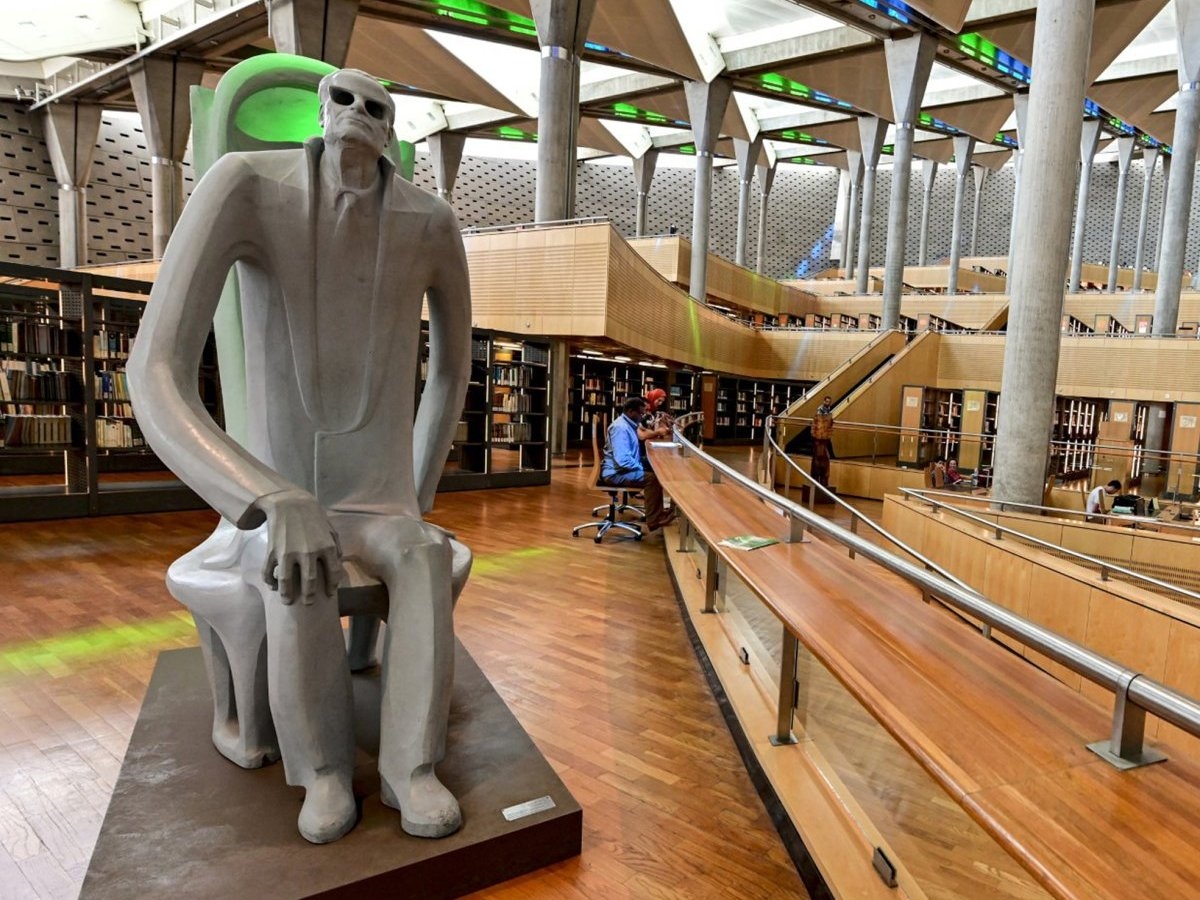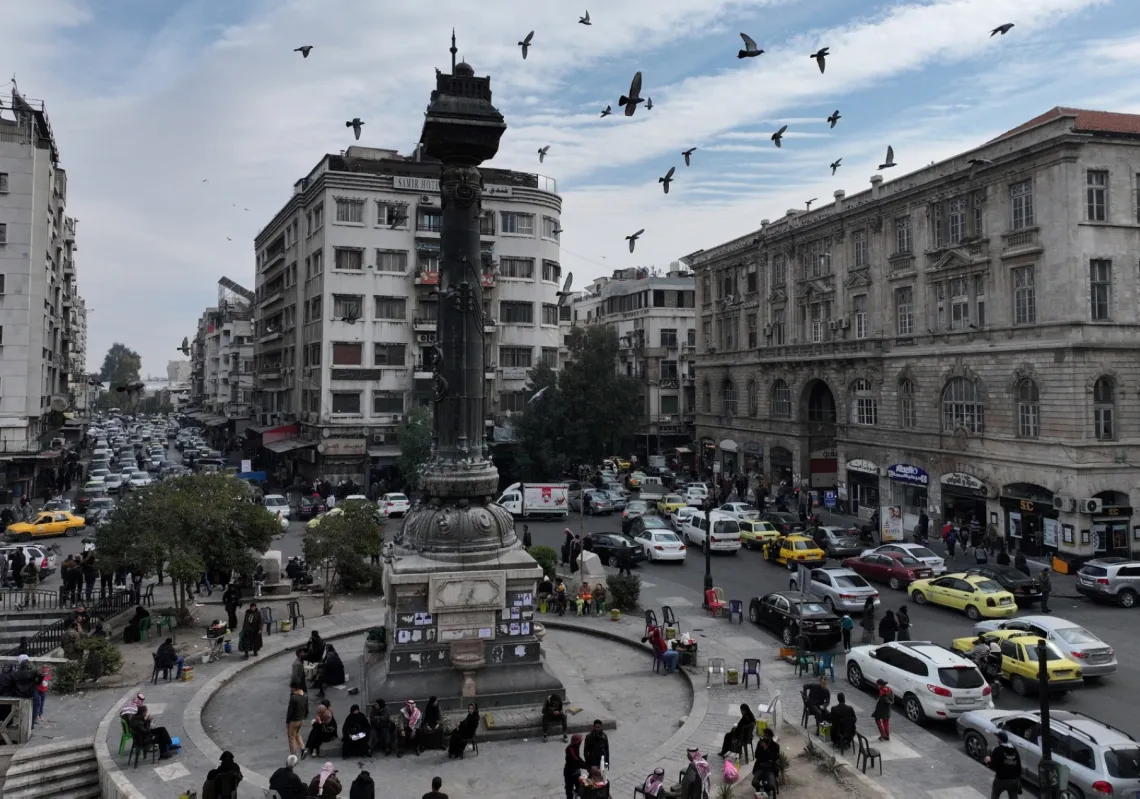The homes of Egypt’s literary and intellectual giants are far more than mere residences. They are sanctuaries of cultural enlightenment—spaces where some of the seminal works shaping Egyptian and Arab consciousness were born.
Several of these homes have been transformed into museums honouring their illustrious residents. Others, however, remain silent witnesses to a bygone era of creativity, their transformation into memorials or cultural centres hindered by various obstacles.
Preserving these homes is more than an act of heritage conservation; it is a vital extension of the enlightenment these figures once fostered, a legacy that continues to inspire and energise successive generations.
Guardians of memory
Tucked away in quiet alleyways, bustling neighbourhoods or grand villas, the homes of Egypt’s finest literary minds endure as guardians of national memory. Once vibrant spaces of creativity, they served as workshops of thought and arenas for intellectual confrontation. Within these storied walls, enduring novels were written, philosophical disputes played out, and the collective consciousness of generations was moulded.
Despite numerous initiatives to honour these literary icons, through commemorative plaques bearing the words “Here lived...,” or by converting residences into museums, such efforts often arrive too late and become mired in bureaucratic red tape. Many attempts falter due to legal entanglements over property rights, resistance from heirs, or the deteriorating condition of the buildings themselves.
At a time when nations across the globe are actively immortalising their literary icons, transforming their homes into dynamic heritage houses, Egypt, despite its abundant cultural wealth, faces an urgent dilemma: why does it lag in memorialising its authors? Why is their legacy allowed to drift into obscurity?
Between the celebrated museums dedicated to Naguib Mahfouz, Taha Hussein, and Ahmed Shawqi, and the shuttered residences of Yusuf Idris, Salah Abdel Sabour, Ihsan Abdel Quddous, Khairy Shalaby, and Abdel Rahman El-Abnudi, there lies a cultural landscape marked by both pride and neglect.
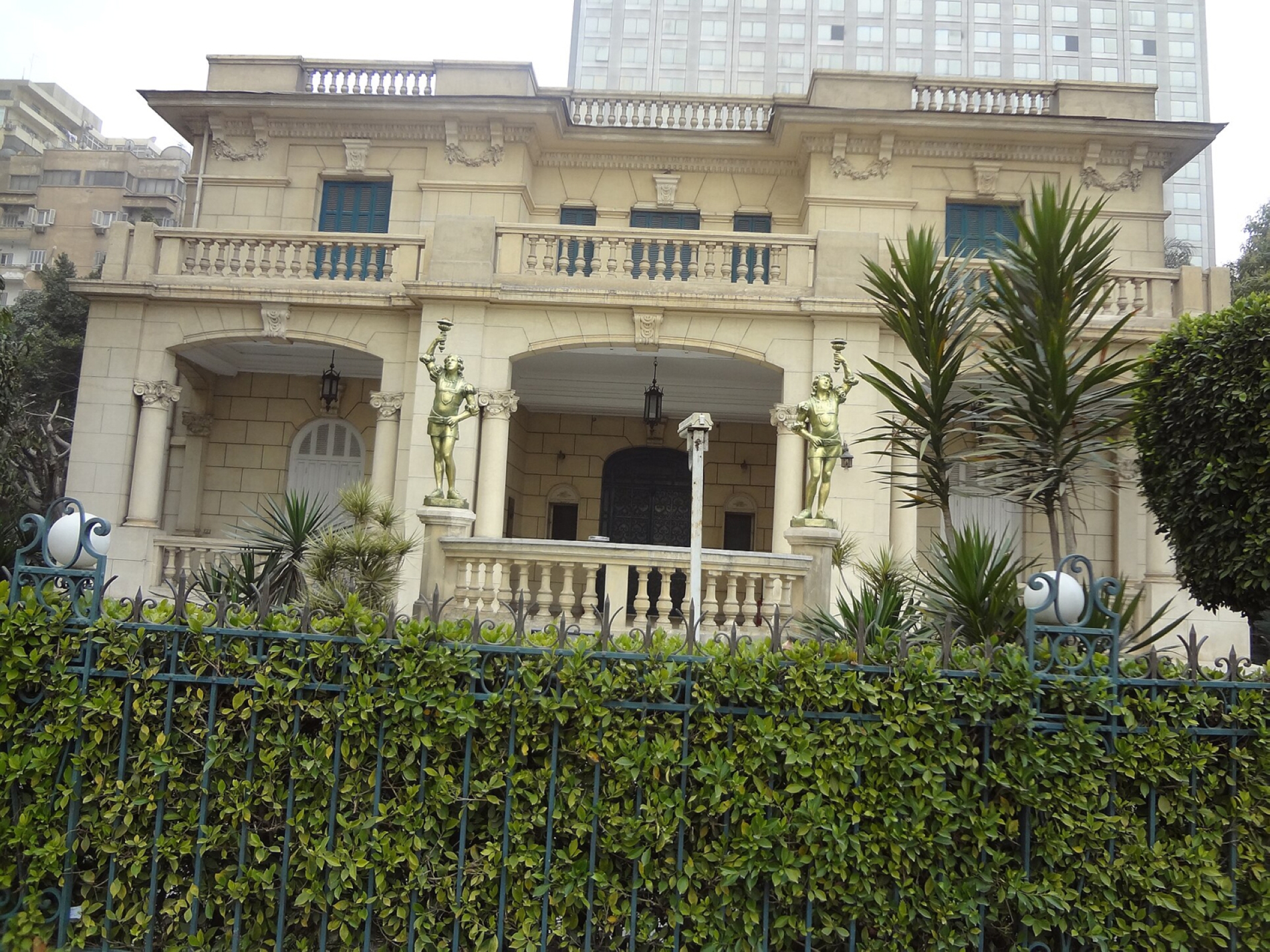
Taha Hussein’s house
Taha Hussein (1889-1973) lived in several Cairo districts, including Sakakini and Zamalek, before settling permanently in a villa on Helmiya Street, just off Pyramids Street. Known as the ‘Ramatan Villa,’ it became the long-term residence of the ‘Dean of Arabic Literature.’ As part of its efforts to honour prominent cultural figures and in recognition of the lasting significance of their contributions, the Egyptian state, through the Ministry of Culture, acquired the property in 1992 to preserve Hussein’s legacy.
Following extensive deliberations and careful planning, the villa was converted into a museum dedicated to preserving and celebrating the writer’s life and work. On 28 January 1992, a preliminary purchase agreement was signed between Mohamed Hassan El-Zayyat, representing the heirs, and Farouk Hosny, then Minister of Culture. The agreement stipulated that the house would serve not merely as a museum, but as a cultural beacon and international centre for literary and intellectual enlightenment.
The National Centre for Fine Arts developed a comprehensive plan for the site, which included the construction of a modern annexe opposite the main museum. This new facility would house administrative offices, spaces for cultural events, an information centre, and a library, designed to support researchers and literary enthusiasts exploring the legacy of one of the Arab world’s most influential 20th-century intellectuals.
Today, the museum stands as a destination for scholars and visitors alike. It houses Hussein’s private library, the room where he wrote, and an extensive archive of rare documents and photographs, all of which offer an intimate portrayal of his encyclopaedic intellect and distinctive personality.
Every Sunday, Hussein hosted an open salon, a cherished tradition during which he welcomed prominent writers and academics. Professors of Arabic from Cairo and Ain Shams universities were frequent attendees, seeking his counsel and wisdom on both scholarly and academic matters. His home, in essence, functioned as an extension of the university, an indispensable hub of inspiration and intellectual exchange.
It was within these very walls that Hussein penned his iconic memoir The Days, among other masterpieces. The museum meticulously preserves the original furnishings—his expansive desk, the typewriter he used, handwritten notes from his wife, Suzanne, and an array of valuable possessions, including rare books and manuscripts. Spanning approximately 870 sq m, the villa features two floors, each around 250 sq m in size, making it an ideal venue for this national cultural initiative dedicated to safeguarding the literary legacy of one of Egypt’s most revered sons.
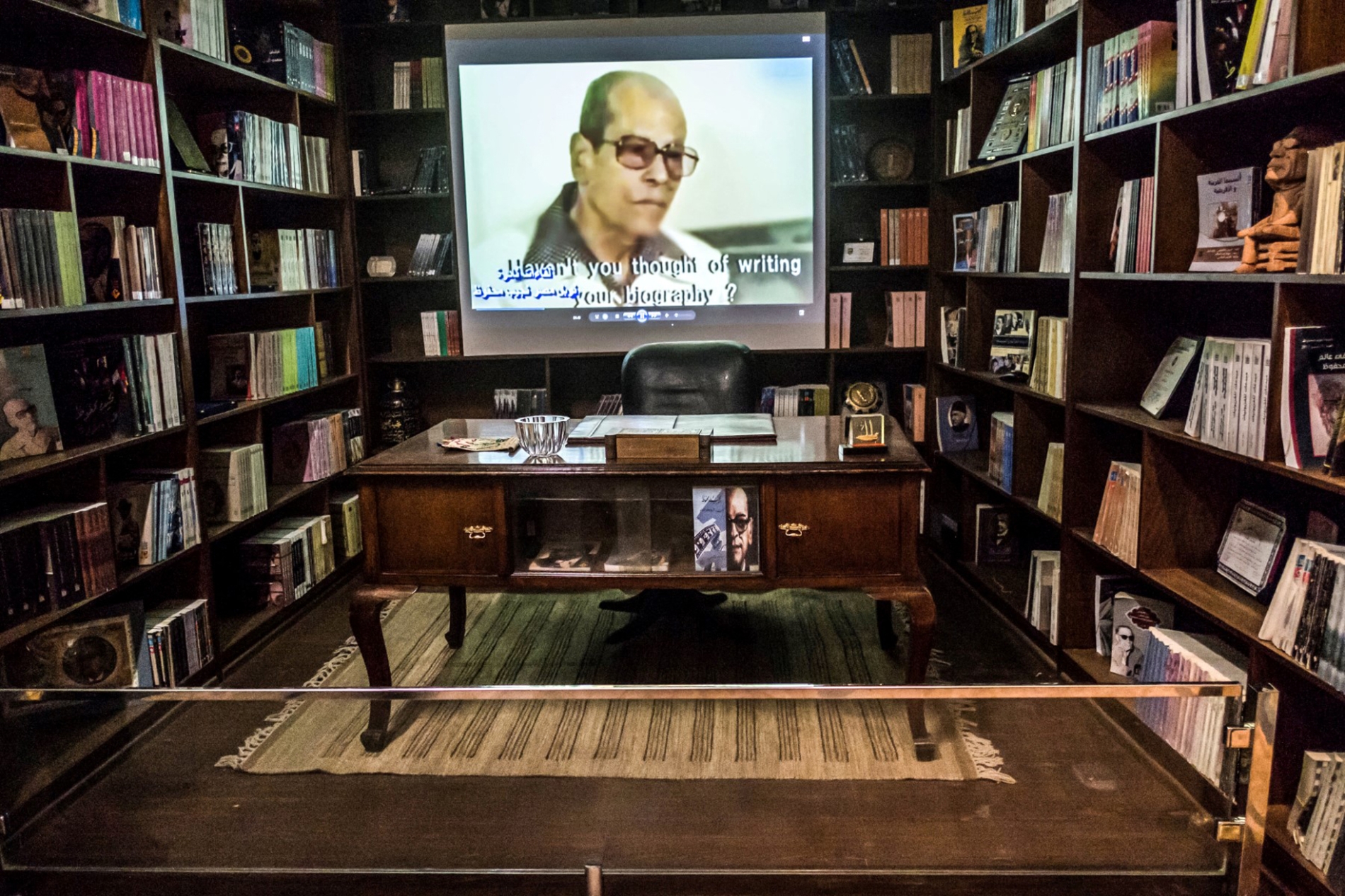
Naguib Mahfouz’s apartment
Naguib Mahfouz (1911-2006) lived in various residences over the course of his life. While the Naguib Mahfouz Museum at Tekkeyet Abu El-Dahab, adjacent to Al-Azhar Mosque, now showcases his personal belongings, manuscripts, and letters, it stands today as one of Historic Cairo’s most significant literary landmarks.
In the Agouza district, next to the Police Hospital where Mahfouz spent his final days, sits the building where Egypt’s great novelist lived out his twilight years. A modest plaque affixed to the entrance, part of a Ministry of Culture initiative to honour national cultural icons, reads simply: “Here lived Naguib Mahfouz.”
He lived on the ground floor with his wife, Atiya Abdullah, and their two daughters, Umm Kulthum, known as Huda, and Fatima, in a home once brimming with life, stories, and the scent of old paper.
But as the years passed, the voices quietened, the faces faded. Mahfouz passed away, followed by his lifelong companion. Eventually, even his daughter Fatima’s chapter came to a close. The only remaining family member was his daughter Huda, left alone in a house now filled only with memories.
In an interview with Al Majalla, Huda revealed that she had moved out some years ago. After her father's death, the family had considered converting the apartment into a museum. However, her mother, still residing there at the time, refused to leave. According to Huda, the state never offered alternative accommodation or financial support, and her mother was determined to preserve the home, along with its furniture and mementoes. She also disclosed that after Mahfouz's passing, the Ministry of Culture made no contact with her, not even during the preparations for the Tekkeyet Abu El-Dahab museum. This silence, she said, left her bewildered.
"The apartment where Naguib Mahfouz lived is now in the hands of the building's owners," she noted. "We no longer know anything about it." None of her parents' possessions remains, she added, explaining that the artefacts displayed at the Tekkeyet Abu El-Dahab museum were donated by the family during her mother's lifetime. These include his books, awards, and deeply personal items: a hearing aid, glasses, pen, overcoat, suit, hat, and shoes, all of which were originally kept in the Agouza flat.
It is no exaggeration to say that the heart of Fatimid Cairo beats with the name of Naguib Mahfouz. The museum, set within the historical Tekkeyet Abu El-Dahab, evokes the very atmosphere depicted in his novels, The Cairo Trilogy, Children of Gebelawi, and The Harafish. Here, the scent of antiquity mingles with the presence of his characters, as though one were strolling through the Gamaleya quarter itself, but through Mahfouz's distinctive lens. One might even imagine 'Sayyid Ahmad' sitting quietly in a shadowed corner.
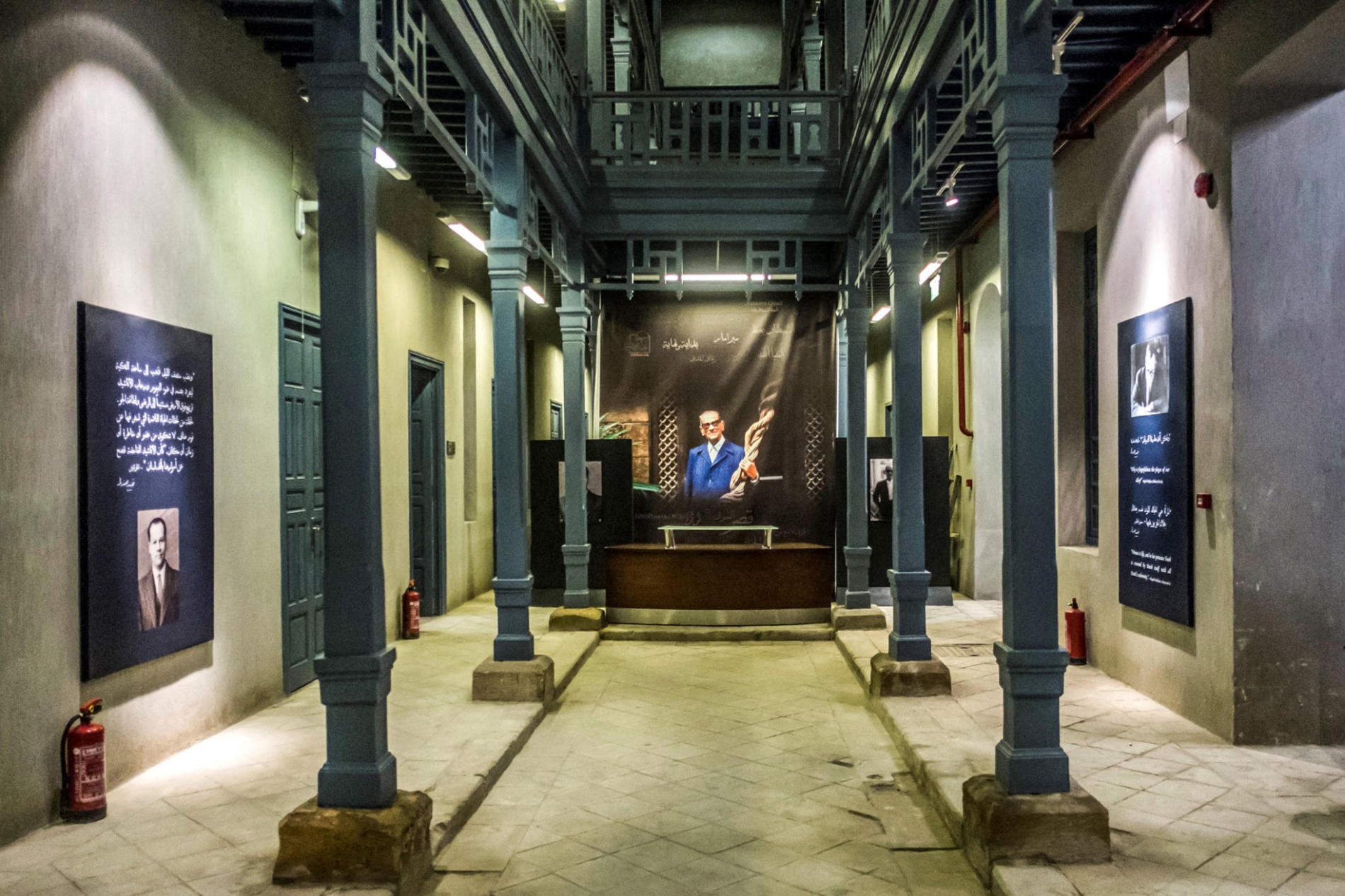
Abbas al-Aqqad's house
The residence of Abbas Mahmoud al-Aqqad (1889-1964), constructed in 1948, stands in the southern Egyptian city of Aswan on a 220sq m plot, where the Nile flows warmly and the skies remain perpetually clear. It was within this tranquil setting that al-Aqqad authored many of his philosophical and critical works, engaging in intellectual and cultural debates that continue to resonate today.
In 2023, Egyptian social media was stirred by a report, circulated by several media outlets, alleging that al-Aqqad's house was being vacated ahead of demolition. The rumour sparked widespread outrage among Egypt's literary and intellectual circles, who voiced profound concern over the supposed evacuation and the potential demolition.
However, Rami al-Aqqad, the late writer's grandson, swiftly refuted the claims, declaring them entirely unfounded. "We haven't received any notice from the governorate or the government regarding this issue," he said at the time, affirming that he continued to live in the house.
Shortly thereafter, Egypt's former Minister of Culture visited the property and issued directives for its restoration and conversion into a museum and cultural-tourism landmark. The plan aimed to honour al-Aqqad's enduring legacy in a manner befitting one of Aswan's most illustrious sons. It included the display of his personal belongings and the extensive library his family had generously donated.
Today, al-Aqqad's home has indeed been transformed into a museum, housing his private library, boasting more than 18,000 volumes, alongside select pieces of his personal furniture. Visitors can also view photographs of al-Aqqad with leading political, literary, and intellectual figures from around the globe, as well as meticulously preserved personal effects such as his old watch and spectacles.


